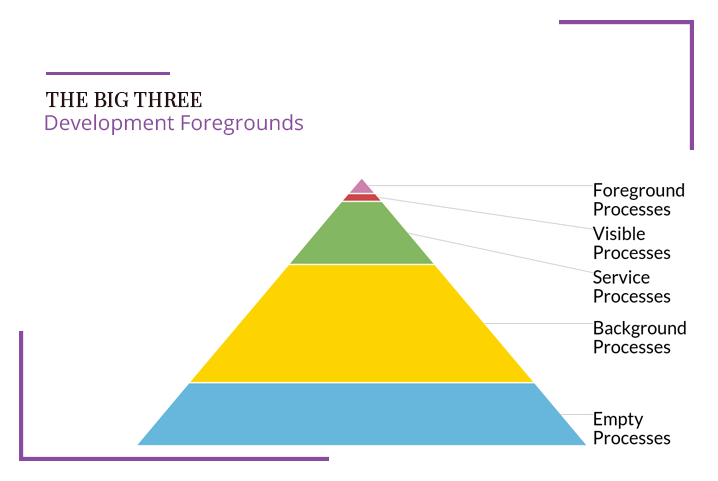
At the heart of modern-day software development process resides this essentially inventive functional approach called Agile Development. Simplifying the term, Agile is essentially a materialization of Agile Manifesto stated below:
Individuals and interactions over processes and tools
Working software over comprehensive documentation
Customer collaboration over contract negotiation
Responding to change over following a plan
These lines can further be spelled out into a concise and common iterative chalk talk, which forms a major part of today’s software development practices across the globe. Commonly termed as Agile, this particular development model is more of an approach than definite discipline. It is based out of three important guiding lines that can help multiple cross-functional teams to come together and devise a highly efficient and ‘quick on action’ work model to simplify and reinforce their development outcomes.
Agile is an iterative approach to development with multiple short feedback loops and a standard management process that equally empowers collective workforces to deliver their very best. Lean development approach derives its root principles from Agile and therefore ranks on par with the former.
In an Agile approach, development teams (multiple, cross-functional) need to work in short sprints and deliver viable results without putting their efforts and logic towards higher goals. This approach helps team leaders to understand and evaluate prompt feedbacks and incorporate necessary changes in the development process.
Lean Agility
Both Agile and Lean development is flexible approaches which can help present-day multi-operative teams to boost their delivery chain with better possible outcomes. However, Agile is more closely related and is employed for software development processes.
While these approaches are quite akin, there lie few theoretical differences between the two. While the Lean approach entails waste-eliminating development, Agile focuses on an out-and-out system of quick short deliveries to understand and follow the most exceptional leads. Agile is discipline with quick adaptive responses. It ensures high-quality, high-value work that is quick enough to gain and implement valuable user insights.
Nerve Center
While both the approaches are linked to higher efficiency within reduced time frames, they can fix up to let development teams pair down better hybrid development with the eliminated risk of an overhaul.
Agile’s interactive engagement when teamed up with Lean realization can largely eliminate the human-error in the development process — as a result, leading to efficient and effective builds to maintain harmony with both stakeholders and end customers.
Think Tank
Design thinking is more or less a problem-solving approach with essential dominance given to creative means. Like agile, design thinking is also an iterative process where teams can carry multiple assessments to bring forth the best possible outcome. While Agile is majorly a directive towards problem-solving, design thinking lets the developers apply human cognition to derive souped-up offshoots.
Design thinking essentially brings along 5 crucial stages, that obligates developers to empathize, define, ideate, prototype and then test their work developments. It’s a designer’s way of making things work and broadly helps the development side to carry in-depth research, define pressing problem statements, cooperate within a distinctive team culture and make the best use of their creative tenor to make things work.
Merge Up The facts
By combining Design thinking and Agile, enterprises can actuate the most compelling success logic; people over process. Combining both approaches does incur great stakes, but the results can be surprisingly fulfilling. They both encourage high-grade productivity and profits through innovation. At Pratham Software, the development teams hold tremendous knowledge and experience of handling the best of industry requirements and delivering the results within set timeframes. Contact us to make the best use of our expertise and let your business explore new success avenues. Visit us








